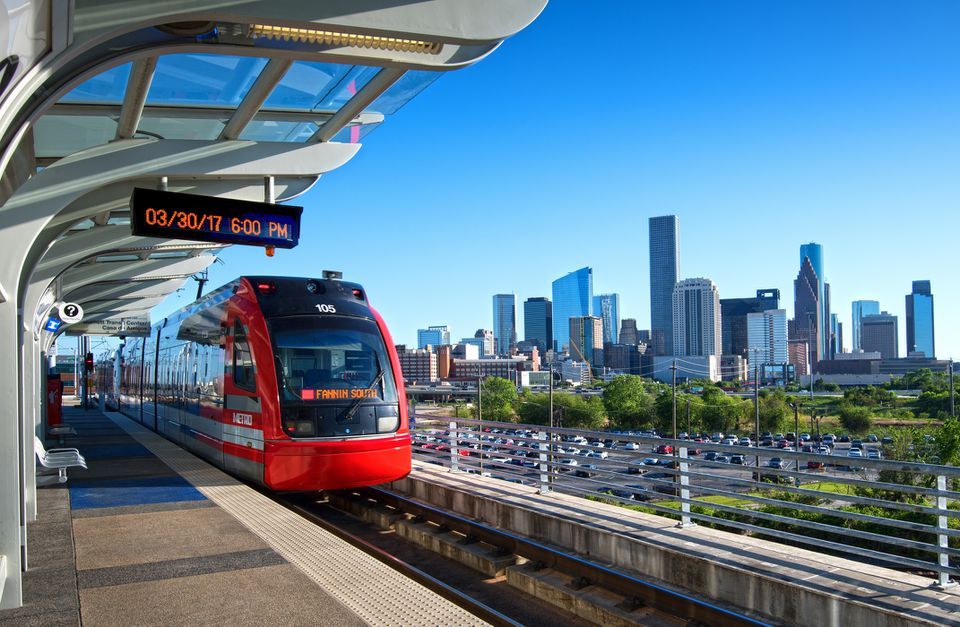Mobility as a Service (MaaS) is reshaping how cities and individuals think about transportation. It represents a shift from privately owned vehicles to a system that integrates multiple modes of transport — such as public transit, ride-sharing, bike rentals, and autonomous vehicles — into one accessible, seamless digital platform. This transformation is redefining urban mobility and addressing some of the biggest challenges cities face today, including congestion, pollution, and accessibility.
The core concept of MaaS is to make transportation more user-centered by offering a single interface through which people can plan, book, and pay for a range of mobility options. Instead of juggling multiple apps or schedules, users can access everything from buses to electric scooters through one unified system. Cities like Helsinki, Singapore, and Los Angeles have already implemented early MaaS platforms, proving that combining technology and transport can revolutionize the daily commute.
Shared mobility plays a crucial role in the MaaS ecosystem. Services like Uber, Lyft, and car-sharing platforms allow users to access vehicles on demand, reducing the need for private car ownership. Similarly, micro-mobility options such as e-scooters and bicycles are helping people cover short distances efficiently, improving first- and last-mile connectivity. This shared model promotes sustainability by reducing the total number of vehicles on the road and optimizing resource use.
Autonomous vehicles (AVs) are another major pillar of the MaaS transformation. As self-driving technology continues to advance, AVs are expected to make transportation safer, more efficient, and more accessible. When integrated into MaaS platforms, autonomous fleets can operate continuously, adapt to real-time demand, and provide affordable mobility to those who cannot drive, including the elderly and disabled. This could lead to a future where owning a car is no longer necessary or even desirable.
One of the major benefits of MaaS is its potential to reduce traffic congestion and carbon emissions. By encouraging shared use of vehicles and prioritizing public transport, MaaS reduces the environmental footprint of urban travel. Additionally, smart data collected from MaaS platforms helps city planners better understand mobility patterns, enabling them to design infrastructure that supports sustainable growth.
However, the transition to MaaS is not without challenges. Integrating various transport systems requires collaboration among private operators, public authorities, and technology providers. Issues like data privacy, cybersecurity, and equitable access must also be addressed to ensure that the benefits of MaaS are shared by all citizens. Regulatory frameworks will need to evolve to manage these complexities while fostering innovation.
Looking ahead, the rise of 5G, AI, and the Internet of Things (IoT) will further enhance MaaS capabilities. Real-time traffic updates, predictive maintenance, and personalized route suggestions will make travel smoother and more efficient. The combination of connected infrastructure and smart vehicles will transform cities into dynamic ecosystems where mobility is fluid, sustainable, and inclusive.
In essence, Mobility as a Service represents the next great leap in transportation evolution. By merging technology, autonomy, and shared systems, MaaS is not only changing how we move but also redefining how cities function. As adoption grows, it promises a future where transportation is cleaner, more efficient, and designed around people rather than vehicles.
